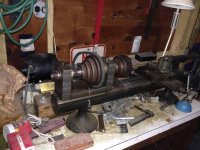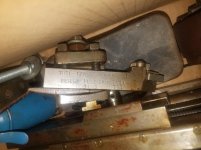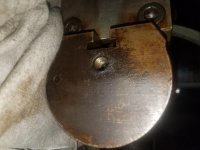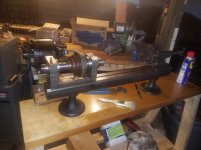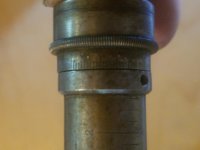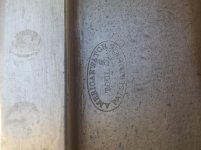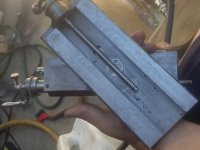Hello everyone! I'm a noob to the forum and a complete noob to metal turning but I recently came across an elderly gentlemen that was clearing out his shop/garage and one of the items happened to be an antique metal lathe so I had to scoop it up! I'm a tattooist by trade but I also do a good bit of custom automotive metal fabrication and welding (TIG) in my free-time and I've been looking to become more self-sufficient in that aspect and figured a metal lathe would be a step in the right direction..? A mill is next on the list. Anywho, my research hasn't turned up much info on this lathe. I've been unable to find any other AWT lathes that even resemble this thing? It's relatively large for a Watchmaker's lathe (approx. 30-34in) and I'm not 100% sure that it's even in it's original condition? The gentlemen selling it told me he'd bought it in this condition and that he's owned it nearly 40yrs. He gave me EVERYTHING (collets, cutters, carbides, dial indicator, 4jaw chuck, etc...etc...) that he had that was associated with it and although I've got no idea of it's value I felt like $100 was worth the risk..? At any rate it's mine now!? Lol! So, I'm hoping someone in this very knowledgeable forum can help me figure out exactly what I've got here and maybe shoot me a few pointers on how best to clean her up and where best to begin turning some metal!? Also I'll take some more photos of the whole lot later this evening and post them up asap. Thank you all in advance!
